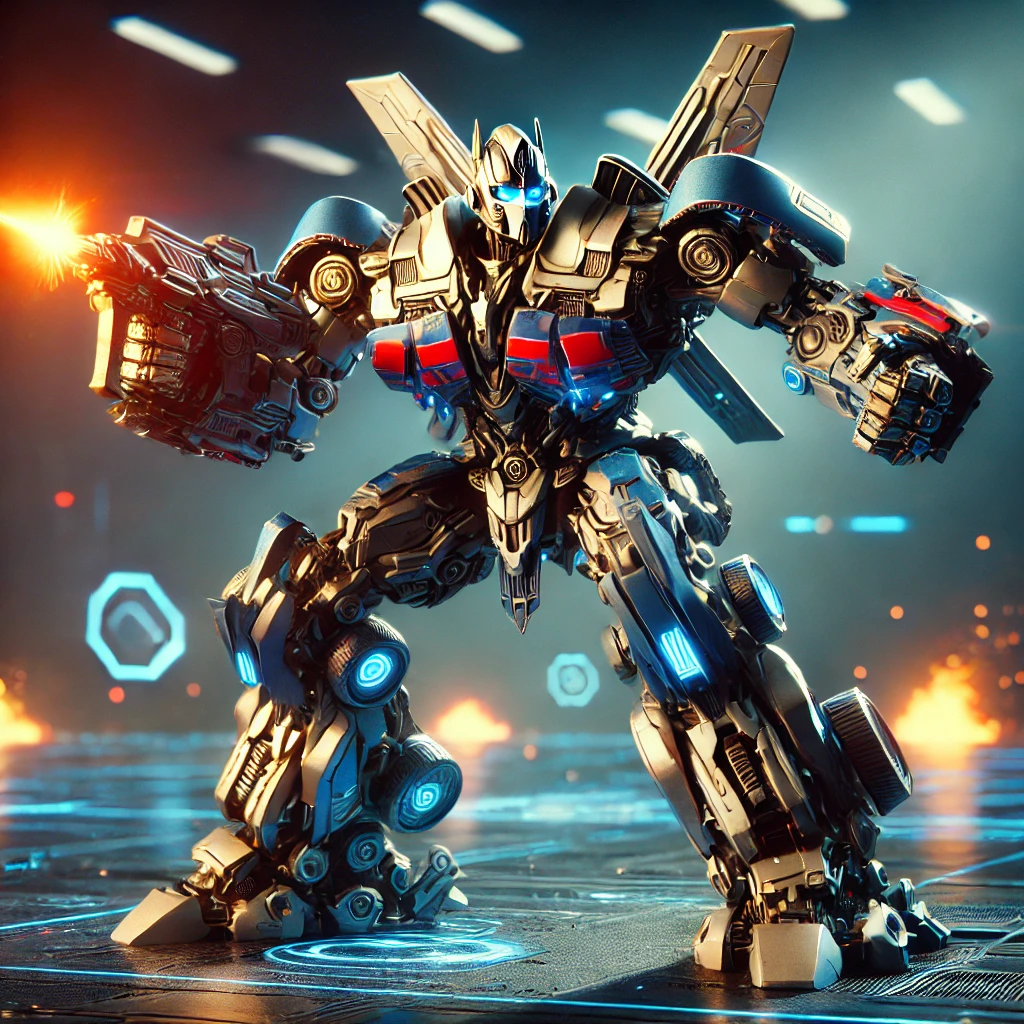On the role of Edutainment in the development of the child using robots
1. What is Edutainment?
Edutainment is a combination of education and entertainment (Entertainment). The main idea is that the training is not boring, but exciting. Ideally realize modern Robots-toys who become not only friends, but also real mentors for children.
2. Robot as the first teacher
Today's robots know more than just moving or blinking with lights. Some of them suggest the correct answers, ask questions, explain concepts and do it in the format of the game. This involves the child stronger than ordinary textbooks.
3. Examples of robot teachers
- Miko 4 - He communicates with the child, tells the facts, teaches the basics of logic and English.
- Botley 2.0 - Teaches the basics of programming using a visual code, without a screen.
- Cubo ai - It gives tasks, reacts to the voice of the child and adapts the level of complexity.
- Optimus gen 2 - He tells stories, sets logical tasks, helps to observe the daily routine.
4. Why do children learn faster through the game
In a playful way, the child does not feel pressure. The robot does not criticize, does not put assessments and does not scold - it encourages and tells. This creates a safe, motivating environment in which the child wants to learn new.
5. Development of Soft Skills
Robots help to form such important skills as:
- Communication
- Critical thinking
- Emotional intelligence
- The ability to solve problems
For example, a robot can simulate a dialogue, ask for help with the task, or offer solution options.
6. Attention to the interests of the child
Some models can adapt to interests: if the child likes dinosaurs, the robot will tell you more about them. If the child is fond of space, games and tasks on this topic will be offered. This makes training personalized.
7. Joint game with parents
Many robots support the functions for parents: reports on activity, content control, the ability to record their tasks. This creates a space for joint training and strengthening communication with the child.
8. Programming from scratch
Some toys teach children to program - not in the form of code, but through simple visual blocks. This develops logical thinking and interest in technologies from an early age.
9. Security and control
Manufacturers take into account safety:
- All data is reliably protected
- Content undergo moderation
- Toys work in offline mode or under the control of the application
10. Conclusion: toy and teacher - one whole
Today's robots erase the border between the game and training. They make the process natural, exciting and effective. The child is studying without noticing it himself - and this is the main power of Edutainment.


